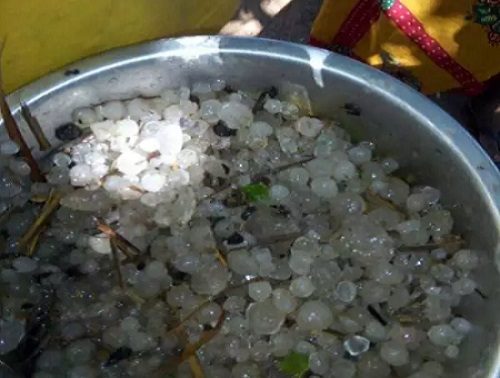OF THE
TIMES
Chile initially used the similar Chinese Sinovac shot and there were media and government suppressed side effects - magnetic to minor to severe...
This is a tangential link discussing how to counteract the bioweapon. The interviewer is SG Anon whose analysis and connections are excellent....
Wow, the mRNA vax is creating turbo-cancers and auto-immune disease, and it FIGHTS cancer in mice. All :O cancer patients need to "follow the...
My guess is corruption, being paid by the Gates foundation or by Fraudi's NIAID through an NGO. It is interesting that neither the Chinese or...
What an abomination of a respected man snd position. You don't get to be a Colonel in the Cznadian Military if your a fool. This is a rediculous...
To submit an article for publication, see our Submission Guidelines
Reader comments do not necessarily reflect the views of the volunteers, editors, and directors of SOTT.net or the Quantum Future Group.
Some icons on this site were created by: Afterglow, Aha-Soft, AntialiasFactory, artdesigner.lv, Artura, DailyOverview, Everaldo, GraphicsFuel, IconFactory, Iconka, IconShock, Icons-Land, i-love-icons, KDE-look.org, Klukeart, mugenb16, Map Icons Collection, PetshopBoxStudio, VisualPharm, wbeiruti, WebIconset
Powered by PikaJS 🐁 and In·Site
Original content © 2002-2024 by Sott.net/Signs of the Times. See: FAIR USE NOTICE


Reader Comments
to our Newsletter